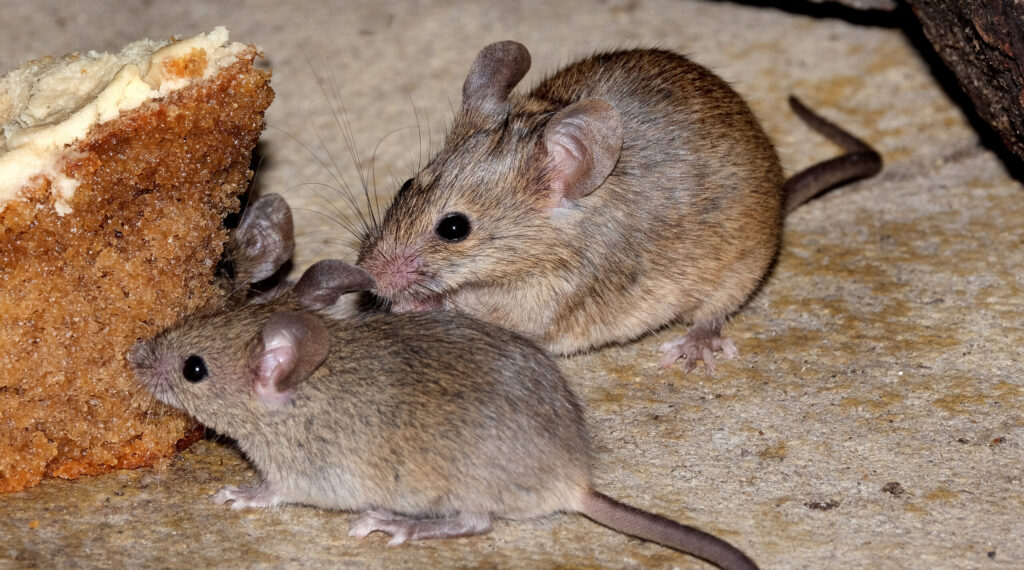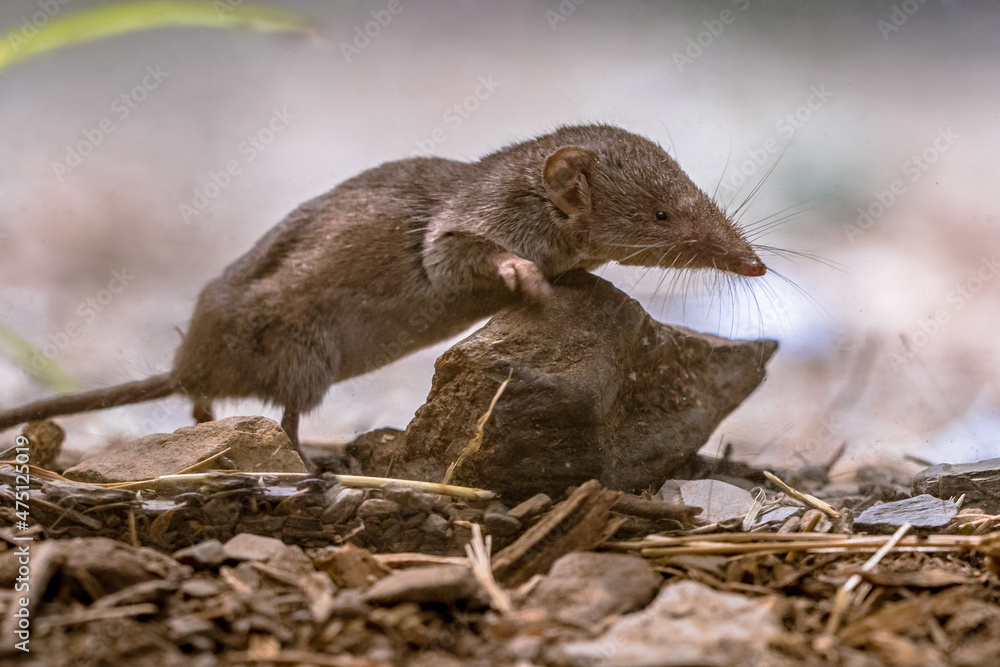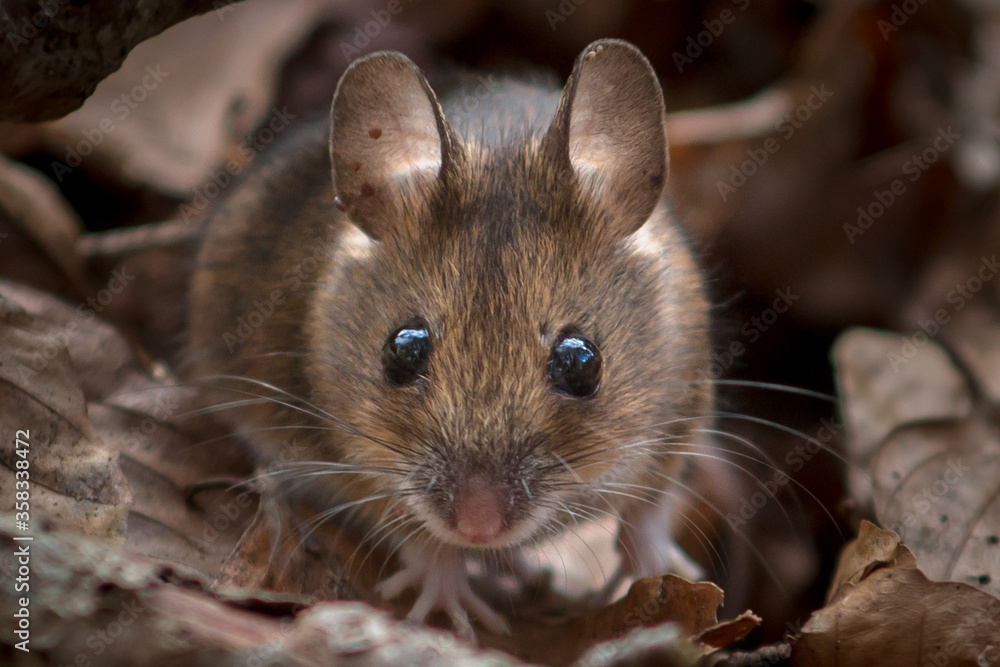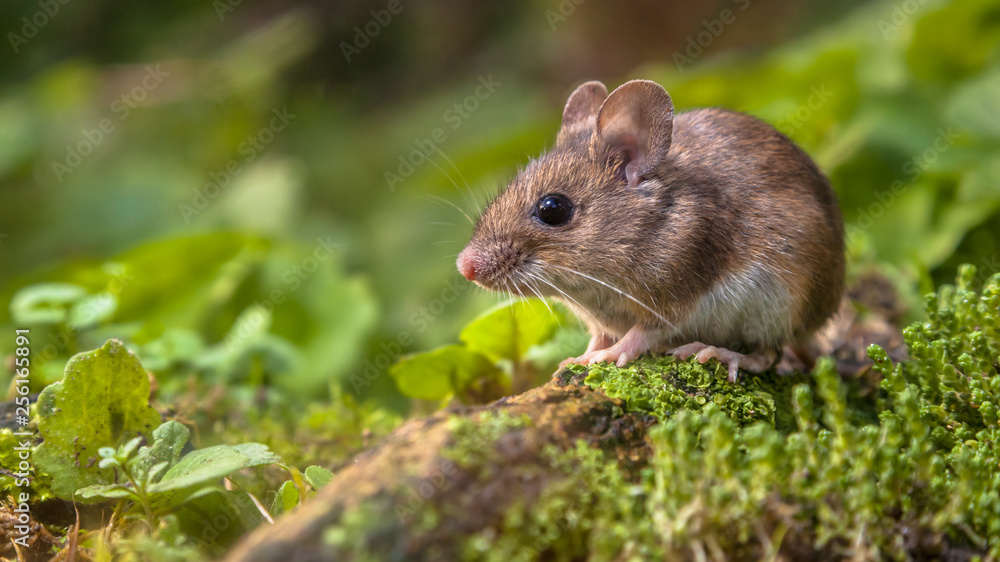Mice control
- Home
- Mice
Mice can cause significant nuisance and damage in both urban and rural areas.
Effective control begins with knowledge of the different species of mice and their behavior.
Find out how to recognize and control different species of mice here.

House Mouse Control
The house mouse is a common problem in both urban and rural areas.
These small rodents can cause significant damage and spread disease.
We discuss everything you need to know about their appearance, development, lifestyle, the damage they can cause, and how to repel and control house mice.
* Back usually grayish brown, belly somewhat lighter.
All kinds of color variations are possible.
* Solid build, rather blunt muzzle, ears visible.
* Tail slightly shorter than the body.
* Adult: body length 20 to 35 cm, body weight about 500 gr.
* Tracks: droppings blunt, up to 2 cm long, 0.5 cm thick, abdominal smears, runners (bills).
* Female gives birth to an average of 5 to 6 young.
* Female does about 5 to 12 litters per year.
* Gestation period approximately 3 weeks.
* The young are sexually mature after about 2 months.
* The average lifespan is about 1 year.
* House mice are found primarily in buildings, often above ceilings.
* Especially active at night.
* Eat anything, preferably grains, legumes and nuts.
* Droppings 0.3 to 0.8 cm long, 0.1 to 0.3 cm thick, quite pointed in shape.
* They ingest 2 to 6 grams of food per day.
* House mice can spread germs.
* Contamination of food supplies.
* Gnawing damage.
* Disruption of peace.
* Ventilation openings no more than 0.5 cm wide.
* Seal openings in exterior walls.
* Avoid the supply of food as much as possible.

House shrew Control
The house shrew is a common pest in both urban and rural areas.
These small rodents can cause significant damage and spread disease.
Find out how to recognize and control house shrews.
* Shiny gray-brown back, belly slightly lighter in color.
* Adult specimens measure 5 to 10 cm .
The tail is 4 to 6 cm .
* Average of 3 to 4 litters per year, producing 4 to 6 young.
* Lifetime 1 to 3 years.
* No hibernation, but does not juvenile in the winter months.
* Gestation period averages 30 days.
* Young are already above ground looking for food after 1 week.
* Good digger, fast and agile.
* Occurs in forests, gardens with lots of shrubs, debris and construction debris and rough terrain.
* Eats worms, snails, insects, spiders and plant material.
* Feces are black-brown sticky droppings often stuck together with recognizable insect remains.
* Droppings are often confused with brown rat droppings!!!
* Musk smell.
* Urine contamination and feces.
* Can cause a nuisance at night by squeaking and running.
* Can transmit various diseases.
* Sealing butt joints with mesh and sealing all other openings mouse tight.
* Seal gaps and seams in doors, windows and floors.

Wood mouse Control
Wood mice are common in rural areas and can cause significant damage.
With knowledge of their appearance, development and lifestyle, you can take effective measures to repel and control wood mice.
* The back is yellow - brown to dark brown, the belly is white - gray.
* The wood mouse is quite large, adult 7 to 11 cm and a tail of 7.5 to 11 cm.
* Average of 3 to 4 litters per year, litter size 4 to 8 young.
* Food consists of nuts, seeds, worms, green plant parts, seeds etcetera.
* Excellent climber and digger, can also jump very well, 50 cm high to 70 cm far.
* Feels at home in forests, gardens with lots of shrubs and dense undergrowth.
* Nest with usually 2 or 3 entrances and a storeroom, up to about 90cm deep.
* Gnawing on nuts dried fruits.
* Agriculture and horticulture: eating of seeds seedling.
* Gnawing damage to young buds of flowers.
* Urine stench.
* Avoid the supply of food.
* Seal openings in walls.
* Regular lawn mowing.
* Clean up/clean any possible hiding places.

Field Mouse Control
Field mice can cause significant damage in both gardens and agricultural areas.
Learn more about the field mouse, their behavior and effective methods to control them.
* Back brown to grayish brown, sometimes color variations to black, belly lighter to light brown.
* Plump build, blunt muzzle, ears and eyes hidden in fur; makes a short-haired, smooth appearance.
* Adult: 9 to 13cm body length.
* Tail much shorter than body (about 1/3 body length); tail length 4.5cm.
* Newborn field mice are bald and blind.
* Females average 4 to 6 litters per year (sometimes 3 to 7); litter size 5 to 6 young.
* Gestation period: 3 weeks.
* Suckling period: unknown, probably 3 to 4 weeks.
* Offspring sexually mature after 24 days.
* Maximum lifespan: 1 year to 16 months.
* Excellent digger; prefers to live in dry, sunny and sheltered places; especially with rough and dense vegetation.
* Food: cereals, bulbs, potatoes, cabbage, roots and also tree bark.
* Shelter: underground in self-dug burrows.
Usually horizontal, but sometimes perpendicular or sloping down to depths of up to 60cm; nests at 15 to 30cm.
* The exits of the nest are always open and interconnected by walkways typical of the field mouse.
* Tracks: burrows, droppings 0.5 to 1.2cm long, 0.2cm thick, greenish, around burrows and near feeding sites.
* Field mice rarely, if ever, climb and jump.
* Gnawing damage to the bark at the base of young trees.
* Transmission of mud fever.
* Damage in pastures by undermining turf or cropland by gnawing.
* Damage in orchards can be very significant (ringing of the trees).
* Prevent suitable habitat from being created by field mice, i.e. no sites with rough vegetation.
* Good pasture management, keep turf short, even; keep ditch edges clean, vegetation short.
* Orchard protection, tree row in black ground; trap fruit, remove prunings and swath at windbreaks, keep ground vegetation short.
